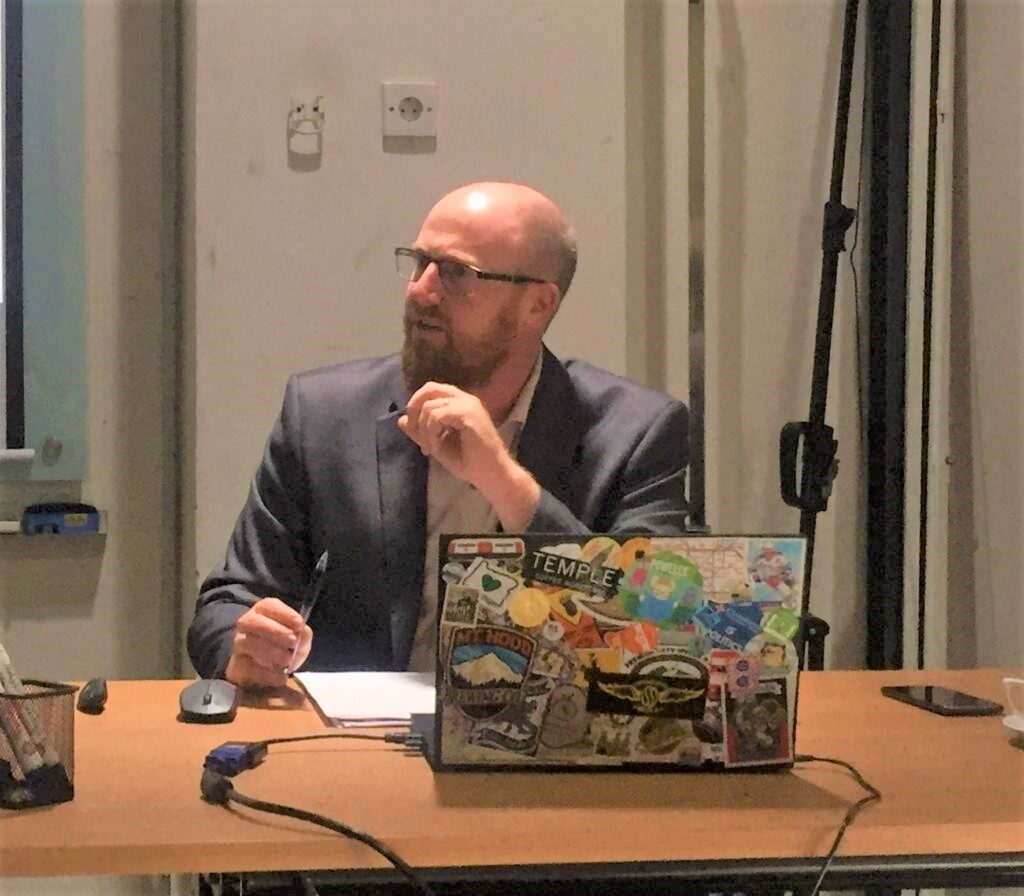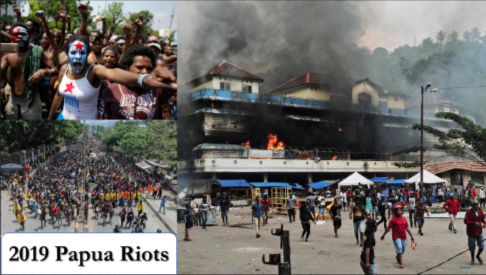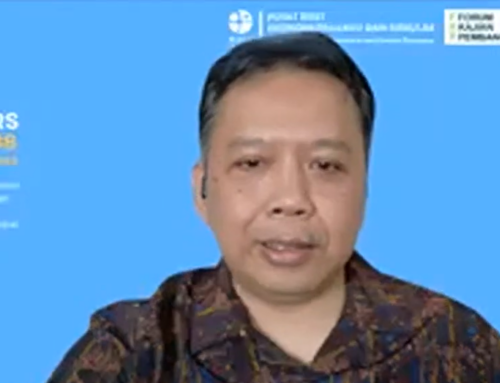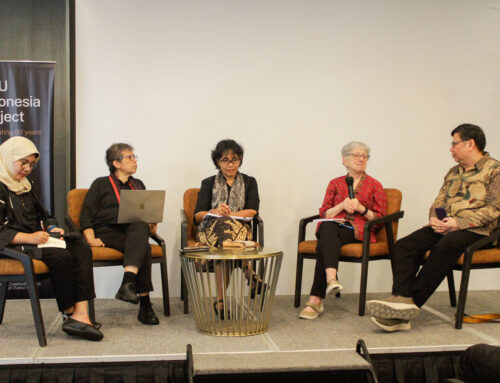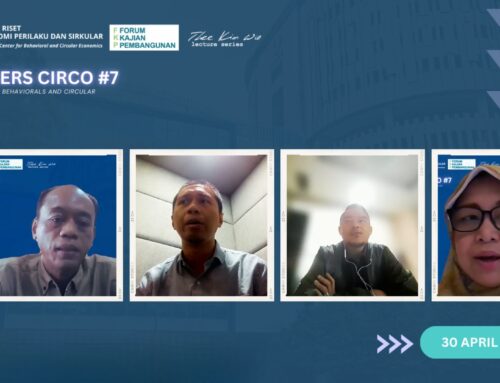Territorial autonomy has been an increasingly popular form of conflict resolution strategy in many countries. In Indonesia, Aceh and Papua are two examples of territorial autonomies that yielded different outcomes. On Wednesday, 4 December 2019, Shane Barter (Soka University of America) presented his study on the subject at the Center for Indonesian Law and Policy Studies (PSHK).
Territorial autonomy is the special political, economic, and sociocultural powers which local governments that represent distinctive groups have. The main idea behind territorial autonomy is to enable minorities to see themselves as majorities. In Indonesia, this term can be used to describe varying levels of territorial powers, such as the Jakarta Capital Special Region, and the Special Regions of Yogyakarta, Aceh, and Papua. However, Barter’s presentation only focused on Aceh and Papua where special autonomy was put in place to resolve separatist conflicts in the region. In comparison to other autonomous areas in the world, he placed Aceh and Papua just under Scotland but above Wales (UK) in terms of self-rule.
The people of Aceh has had a strong sense of nationhood, especially from their resistance against the Dutch. After Indonesia’s independence, they were promised a form of autonomy as Daerah Istimewa Aceh (Special Region of Aceh), but soon realized that it was mostly meaningless. The nullification of the autonomy was indirectly related to the Free Aceh Movement, which rose in 1976.
After Reformasi, Aceh’s DI status was restored along with the decentralization process, meaning that Aceh’s autonomous power was more or less equal to other provinces in Indonesia. It was only during the final moments of President Abdurrahman Wahid’s term that Aceh was given autonomy in the form of Nanggroe Aceh Darussalam. However, despite how powerful the scheme was on paper, it did nothing to ease the conflict in Aceh. The tsunami in 2004 helped in accelerating peace in the region, which led to the MoU in 2005. The people of Aceh are allowed to form local political parties and administer self-governance. The success can be seen from Aceh’s high electoral turnouts, end of conflict, limited protest, and relatively stable economy. Despite Aceh’s problems (e.g. corruption, violence, etc.), the region has had considerable success of territorial autonomy.
The success, however, has not been effectively replicated in Papua. Although the laws are more or less identical to that of Aceh, the outcomes are different. In 2001, Papua was given Otsus (Special Autonomy) status; the Majelis Rakyat Papua (Papua People’s Assembly, or MRP) was formed and the local governments receive special Otsus funds. However, Otsus was rejected by Papuan leaders. According to Barter, Otsus has failed because. amongst others, the authority of the institutions formed (e.g. MRP) was not clear. Barter also believes that Otsus funds have been used to co-opt local leaders and buy-off power. As a result, Otsus is less about autonomy than it is about dependence. Therefore, despite the on-paper similarities between Aceh and Papua, Barter asserted that what matters is how autonomy is implemented, and to whom power is given.
